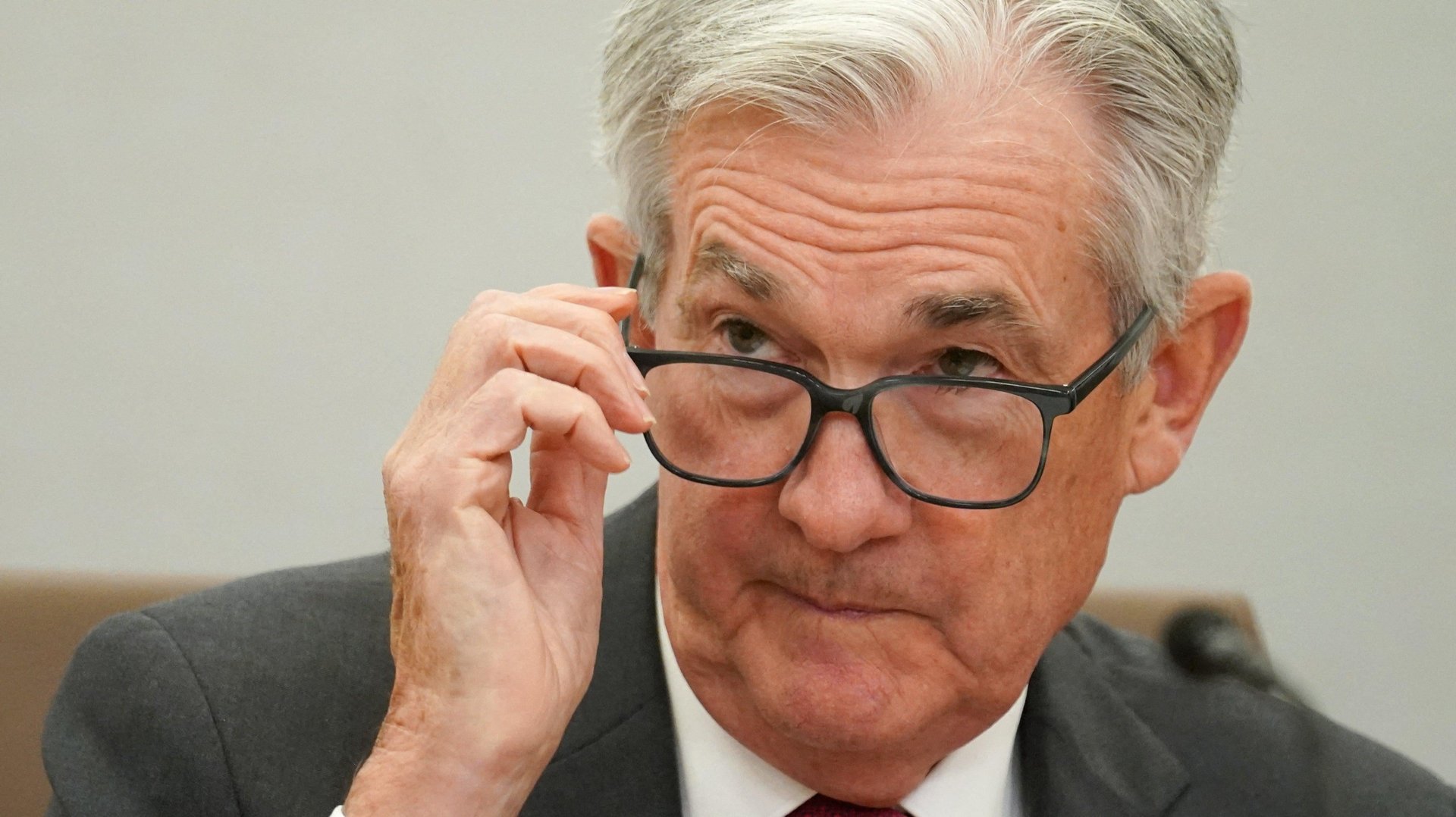The US labor market is resisting Fed rate hikes
The Fed will keep hiking until it weakens further.

For the seventh month in a row, the US labor market added more jobs than economists expected, defying the Federal Reserve’s attempts to slow it down.
The US added 263,000 jobs in September, slightly higher than the 250,000 jobs that economists had anticipated. The US now has 514,000 more jobs than it had before the pandemic in February 2020.
“In most other economic cycles, we’d be very happy with such a solid report, especially coming from the labor market side,” said Ken Kim, a senior economist at KPMG. “But this just speaks volumes about the upside-down world that we’re in, because the strength of the unemployment report keeps the pressure on the Fed to continue with their rate increases going forward.”
Other currencies fell against dollar after the better-than-expected jobs news. This is because the world is waiting for US unemployment to increase, so that the Fed retreats from its interest rate hikes. The Fed’s actions have had the effect of strengthening the dollar, essentially exporting inflation to other countries.
The three-month average for job growth is now 371,000, down from 381,000 last month. That’s a slight slowdown for the labor market, but hiring stayed strong enough to send the unemployment rate back down to a historical low of 3.5% (and below the 3.7% it was in August).
Where did the US pick up jobs?
The pandemic-battered leisure and hospitality sector gained 83,000 jobs in September, the most of any sector, but it still remains below pre-pandemic levels.
Hospital employment is back to a record level, after having been crushed by the pandemic. The healthcare and social assistance sector gained 75,400 jobs in September, and 27,500 of those jobs went to hospitals.
“That’s the second biggest increase ever,” said George Pearkes, an investment analyst at Bespoke Investment Group. “The only one that beats it is December of 2020.”
Layoffs are trickling into the US economy
While the labor market is pushing against economists’ expectations, it’s still softening in relation to how strong it was earlier this year.
The quantum of jobs added was the weakest number since April 2021. The unemployment rate fell in large part because the number of people in the labor force declined slightly.
A survey put together by Challenger, Grey & Christmas, an executive outplacement firm, shows that the number of job cuts surged by 48% in September. In the report, employers’ intentions to hire fell to the lowest level since 2011.
“Some cracks are beginning to appear in the labor market,” said Andrew Challenger, a senior vice president at Challenger, Gray & Christmas. “Hiring is slowing, and downsizing events are beginning to occur.”
This aligns with jobs turnover data from the Bureau of Labor Statistics that showed that, in August, the layoffs rate ticked up from 0.9% to 1%. But the four-week moving average for initial claims for unemployment insurance was sitting near historical lows at 206,000 at the end of September.
It’s unlikely that any of this nascent labor market softening will change the Fed’s view on rate hikes. It’s clear from private indicators that rental inflation has peaked, but the Fed is going to continue hiking based on data that feeds into the government price indices, which lag private indicators, Pearkes said.
